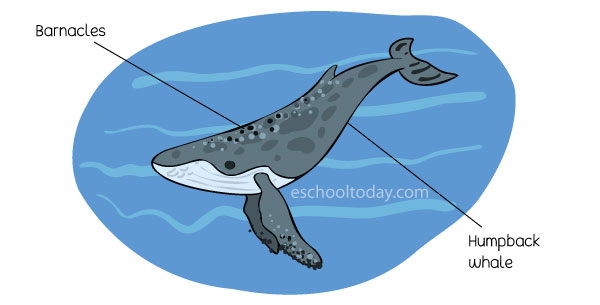- Symbiosis
What is Commensalism as a Symbiotic Relationship?
Commensalism is a symbiotic relationship between two species in which one species benefits and the other is neither helped nor harmed to any tangible degree.
One good example of a commensalism relationship are epiphytes that grow on larger trees for support. Epiphytes include species like ferns or orchids. They can grow on larger trees, using them as a surface or support, but the trees are not hurt in any way.
Another example of this relationship include barnacles on a humpback whale.

Barnacles are small sea organisms, often confused for a mollusk. They attach themselves to larger sea animals, including the humpback whale. They use the large body of the whale as a surface and filter feed on them, but the whales are not harmed in any way. A closer look at the skin of a whale will show textures and patches — this would often be a colony of barnacles attached to the whale’s body.
